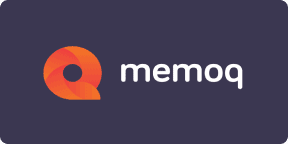What is a Translation Management System (TMS)?
A translator system supports complex translations and allow enterprises and translation companies to centralize and automate the management of localization workflows involving several collaborators that can work simultaneously without geographical restrictions.
What can I do with a Translation Management System?
Do you run content updates regularly? Are you spending too much time managing multiple files and documents? Are reports and statistics valuable to you? Do you rely on collaborative workflows?
If managed manually, complex translation workflows can be time-consuming and lead to an increased number of errors. With a language translation software, organizations can boost productivity and reduce costs by centralizing linguistic assets, automating processes and monitoring workflows.
1. Where is translation located?
When an organization produces content in multiple languages, linguistic assets need to be properly stored, managed and shared. A TMS enables the consolidation and management of these assets (translation memories, term bases, LiveDocs corpora, etc.) in a single system.
2. Automate processes
Translators and Project Managers carry out repetitive, time-consuming tasks on a daily basis. A TMS enables customized workflows and the automation of tasks that saves valuable time.
3. Monitor workflows
Project tracking is a critical resource to any Project Manager. A TMS provides this through a main dashboard centralizing critical information such as translation progress or missed deadlines.
4. Facilitated collaboration
A TMS provides efficient real-time communication and collaboration for translators and enterprises working on the same project.
Benefits of memoQ TMS
Going Global with memoQ
Going global means investing in localization. We have been supporting businesses all around the world with our cutting-edge technology to overcome language barriers.



